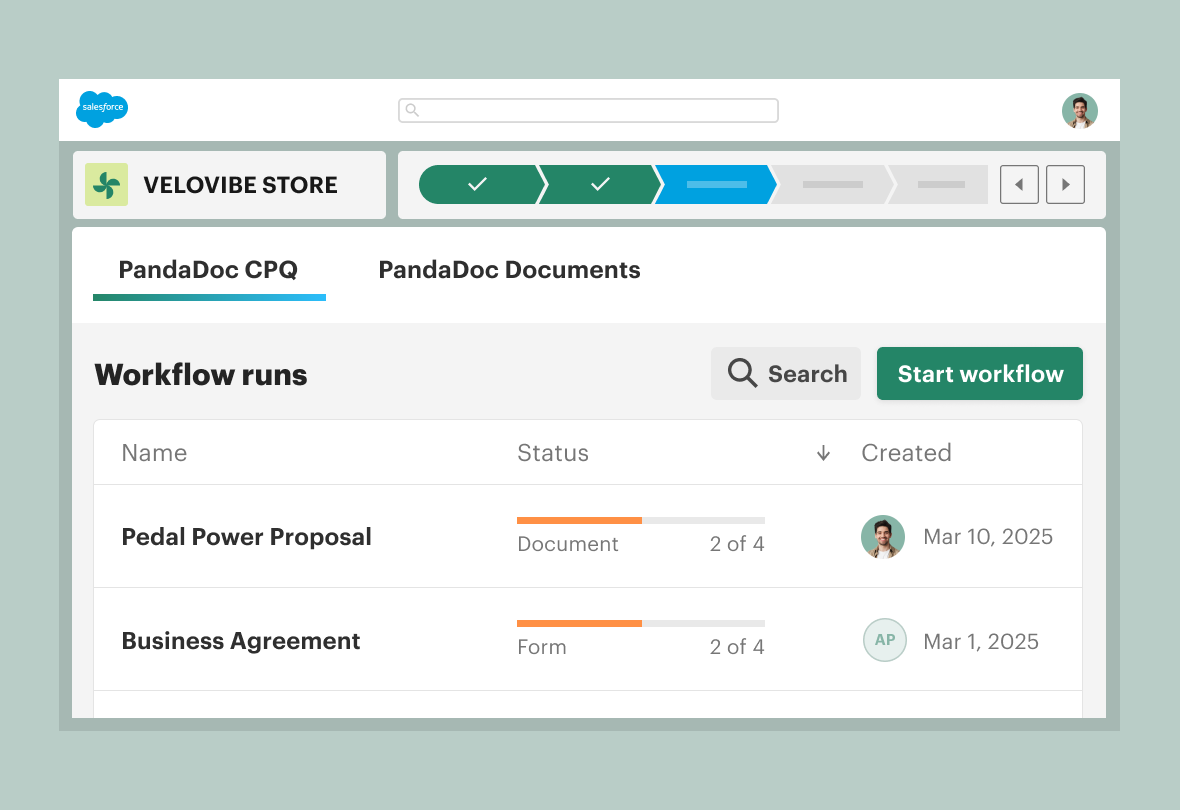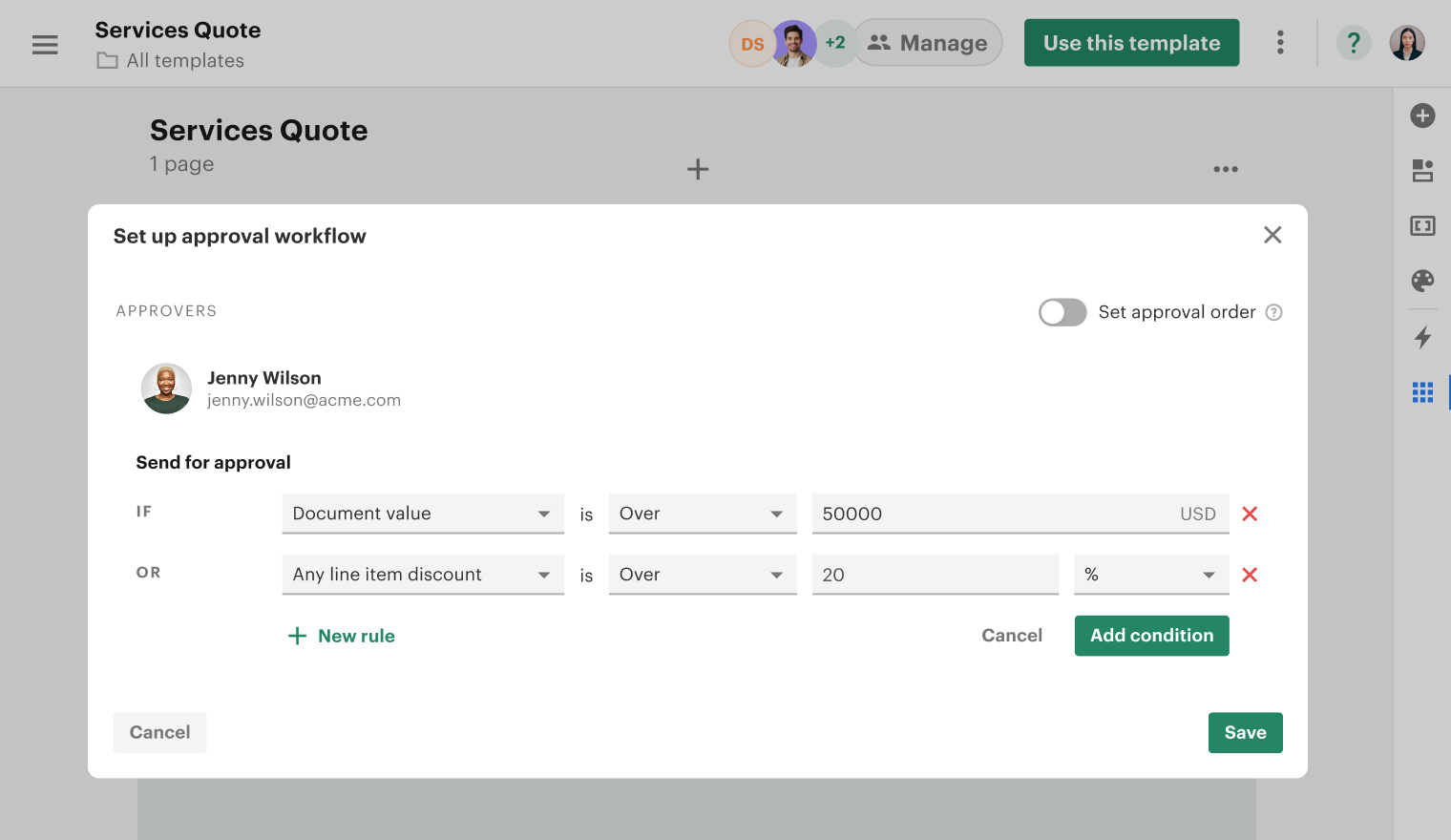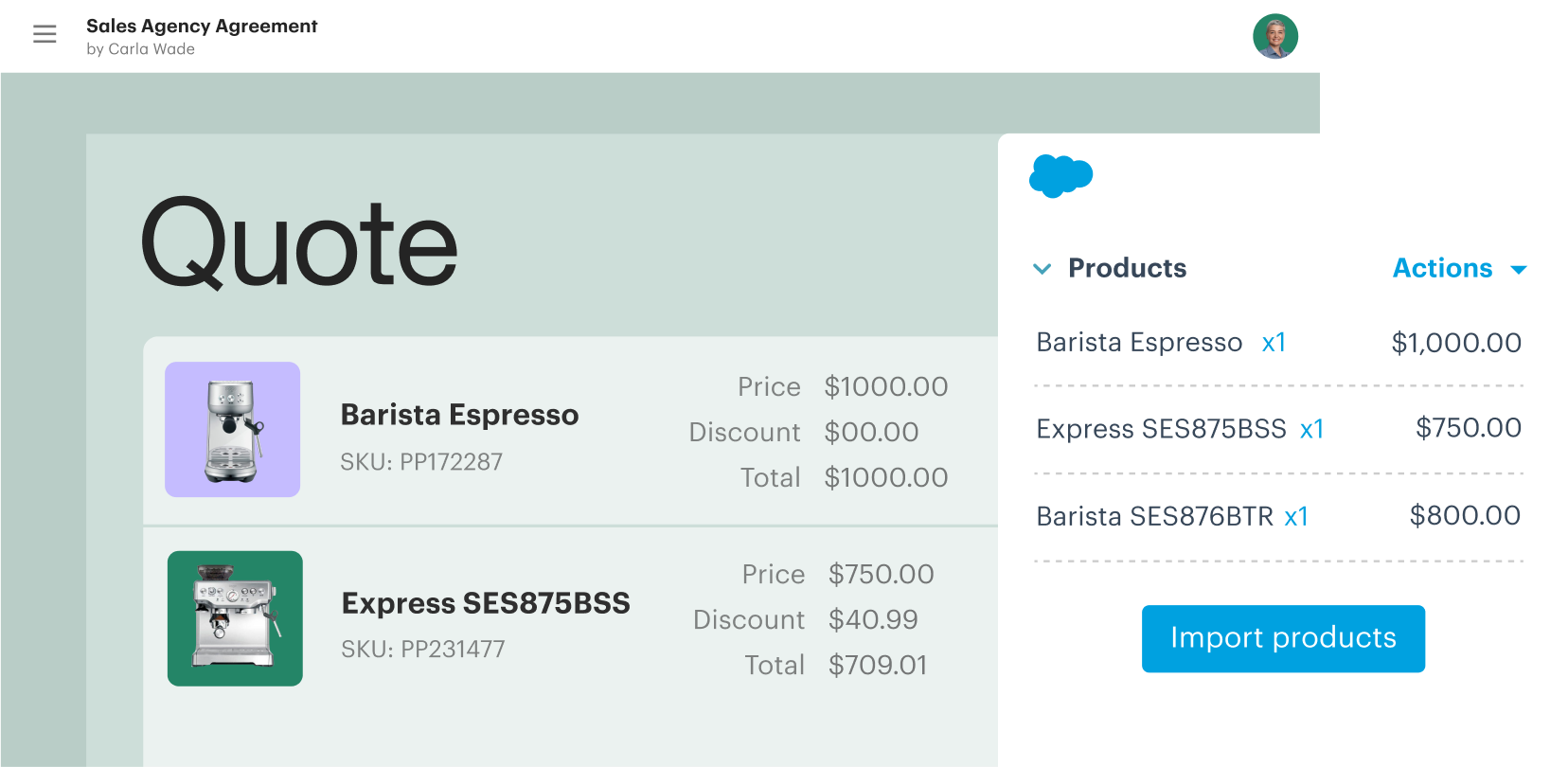Let’s be honest: quoting should be the easy part. But for too many sales teams, it’s one of the biggest slowdowns in the entire deal cycle.
I’ve seen it firsthand — not just as an executive, but as someone who’s built, scaled, and led sales organizations. You invest in tools meant to drive efficiency, only to watch them become roadblocks. Suddenly, your reps are spending more time chasing approvals, reworking quote errors, and wrestling with admin than actually selling.
That’s not what CPQ (Configure, Price, Quote) is supposed to do.
It’s why we built PandaDoc CPQ with a different mindset — one rooted in the rep experience. Because if your quoting tool doesn’t work for your sellers, it doesn’t work. Period.
Prefer to watch? Keith Rabkin on what’s broken in CPQ
If you’re more of a listener than a reader, check out the short video below where I walk through what sales leaders get wrong about CPQ — and how we built PandaDoc CPQ to solve it. But don’t stop there: keep scrolling for a deeper breakdown of the most common pitfalls and practical fixes to streamline your quoting process.
1. Buying CPQ tools that reps don’t want to use
Ask any rep what they think about your current CPQ process, and you’ll likely hear the same thing: “It’s clunky.” “It takes too long.” Or worse — “I don’t use it.”
That last one is a killer. When your sales team avoids the quoting tool you’ve spent months implementing, you’re not just wasting money — you’re also increasing the risk of errors, compliance issues, and shadow quoting that slips through the cracks.
Here’s the problem: most CPQ tools were built for finance and operations, not for the person actually building the quote.
They’re rigid. Over-engineered. Slow to implement. And in many cases, they create more work — not less.
When we set out to build our CPQ solution, our first goal was time to value. We heard from too many customers that traditional CPQ implementations were a nightmare, taking six months, sometimes even longer, to get fully up and running. That’s time your reps could be spending closing deals. So we made implementation seamless. Setup is fast, integration is smooth, and the learning curve is minimal. Reps don’t need special training or weeks of onboarding. They can just log in and start selling.
2. Over-optimizing for control and creating approval delays
Here’s the reality: sales leaders want structure, but reps want speed.
The good news? You can have both — if your CPQ is designed right.
The second value prop we focused on was operational efficiency. With PandaDoc CPQ, reps can generate accurate, error-free quotes in minutes, not days. The system automatically enforces rules and pricing logic in the background, so managers don’t have to review every single quote manually.
It’s about trust and control. You want to empower reps while giving RevOps and finance teams confidence that what’s going out the door is clean.
Think about it: how many deals have stalled because your approval process takes five days? I’ve talked to tech companies where that’s the norm. And while diligence matters, delay kills momentum. Every day a quote sits in limbo, the odds of closing drop.
That’s why our guided workflows and templates are designed to keep deals moving — fast. Standard deals flow straight through. Custom deals get flagged automatically. Reps spend less time pinging Slack threads, and more time closing.

3. Equating a complex CPQ with flexibility
Sales is dynamic. So your quoting process should be, too.
Reps need the flexibility to handle different deal scenarios — from simple renewals to complex pricing tiers. But that flexibility shouldn’t come at the cost of complexity.
One of the biggest mistakes I see sales orgs make is building CPQ systems that are so rigid, they can’t evolve as the business changes. Every minor update requires IT support or a six-week backlog with ops.
At PandaDoc, we designed our CPQ to be flexible enough for evolving teams — without breaking under the weight of complexity. You can configure pricing logic, approval rules, and templates without needing a full-time admin. And when the business shifts, your quoting process can shift with it — fast.

That kind of agility isn’t just nice to have. It’s a competitive advantage.
4. Prioritizing ops over the rep experience
Here’s the part that doesn’t get talked about enough: quoting is a make-or-break moment in your sales process.
It’s the first time your buyer sees the details. The price. The packaging. The terms. The experience you deliver here matters — not just for closing this deal, but for building long-term trust.
Yet too many teams overlook this step. They use outdated templates, broken links, or clunky PDFs that make the company look less than polished. That’s not how you want to show up.
We believe quoting should be a delightful experience — both for your reps and your customers.
That’s why PandaDoc CPQ includes integrated proposals, eSignature, and dynamic pricing all in one place. Reps can build and send professional-looking quotes in minutes.

Customers get a seamless, interactive experience. And sales leaders get visibility into what’s working — without micromanaging.
It’s quoting the way it should be.
My advice to other sales leaders? Don’t over-engineer it
If there’s one lesson I’ve learned, it’s this: complexity doesn’t scale. Simplicity does.
The best CPQ systems are the ones your reps actually use. Not the ones that tick every box on a requirements doc. Not the ones that promise “complete configurability” but require a developer to make changes. The ones that deliver value on Day 1 — and grow with your team.
So here’s my advice:
- Keep it simple. If your CPQ tool requires a training manual, it’s too much.
- Ask your reps what’s slowing them down. They’ll tell you.
- Build your quoting process around their workflow — not the other way around.
Because when your reps move faster, your revenue does too.
Want quoting that actually works for sales?
See how PandaDoc CPQ is built with reps in mind.
- Guided selling workflows
- CRM-integrated templates
- Approval logic without bottlenecks
- Fast setup, delightful UX


